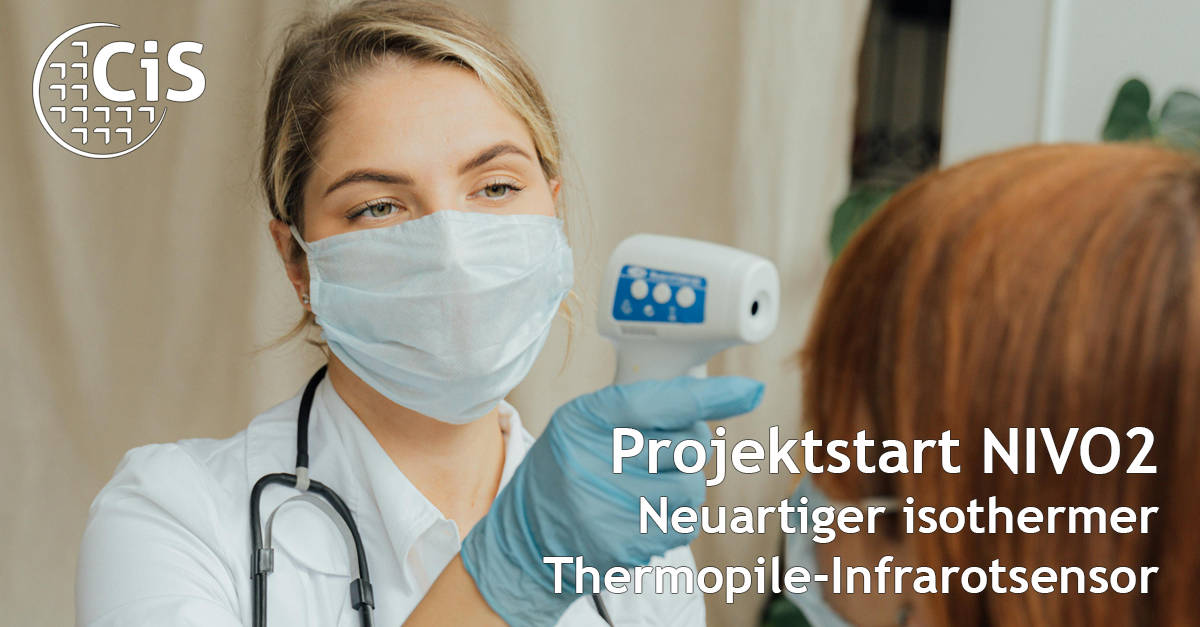Thermopile sensors enable cooling-free infrared detection and are used in non-contact systems for temperature and gas concentration measurement. There is a large market demand for this in environmental technology for monitoring greenhouse gas emissions, medical diagnostics and building security.
Especially under harsh environmental conditions, thermopile sensors are subject to severe interference, which leads to major errors and instabilities. In this new research project, a novel isothermal solution will be investigated to minimize this problem. In addition, a front-side etching process for the production of thin membranes will be developed and integrated into the thermopile sensors. Novel isothermal sensor designs and isothermal sensor assemblies form the basis. These will be realized in the project after theoretical analysis and numerical simulation in order to achieve low drift in the event of external thermal disturbances. The aim of the two innovations is to develop a cost-effective and universally applicable thermopile infrared sensor.
 The research and development work described was funded by the Federal Ministry for Economic Affairs and Climate Action (BMWK) in the research project “Novel isothermal thermopile infrared sensor” (NIVO2).
The research and development work described was funded by the Federal Ministry for Economic Affairs and Climate Action (BMWK) in the research project “Novel isothermal thermopile infrared sensor” (NIVO2).
Funding code: 49MF24003




